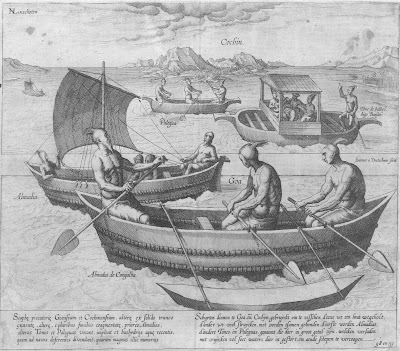
'Scafe piscatorie goensium et cochinensum ...'

'Ratio qua coelo pluvio et alias lusitane gestantur ...'
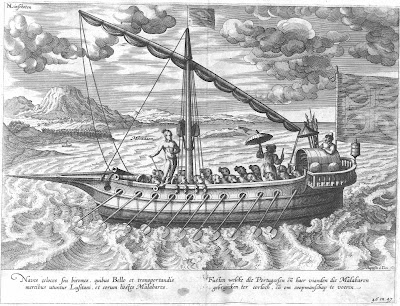
'Naves veloces seu birremes, quibus bello et transportandis
mercibus utuntur Lusitani, et eorum hostes Malabares'
[large colour version I posted the other day]
mercibus utuntur Lusitani, et eorum hostes Malabares'
[large colour version I posted the other day]

'Lusitana, templa noctu invisura, comitata marito et servis'
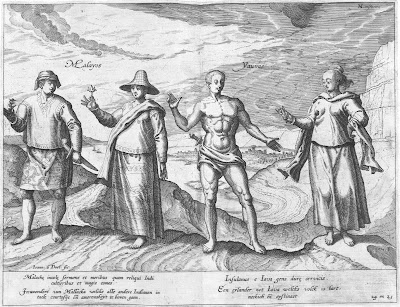
'Malayos, Yauvas'

'Naute arabes quibis naves suas regendas Lusitani comittunt ...,
Habitus abisiniorum quibus loco S. Baptismatis frons nutiritur ...'
Habitus abisiniorum quibus loco S. Baptismatis frons nutiritur ...'
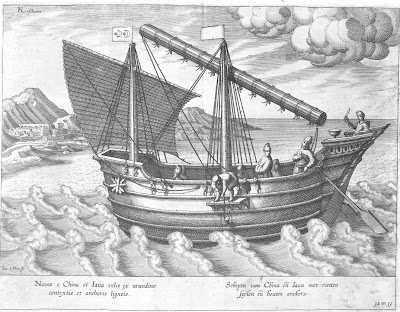
'Naves e China et Iava velis ...'
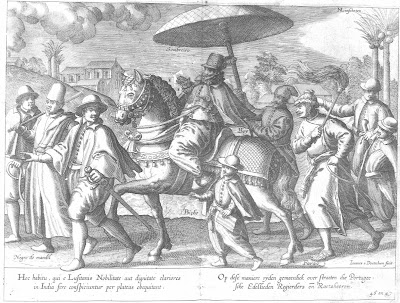
'Hoz habitu, qui e Lusitanis nobilitate aut dignitate clariores in India ... obequitant'

'Inquilini e Cananor Mahometani infectiss lusitanorum hostes ;
Incole Malabare maritimi inter Goam et Cochina ...'
Incole Malabare maritimi inter Goam et Cochina ...'
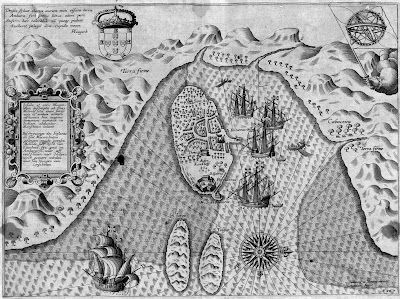
'Insulae et arcis Mocambique descriptio'

'Lectuli quibus uxores et filie lusitanorum contecte gestantur'
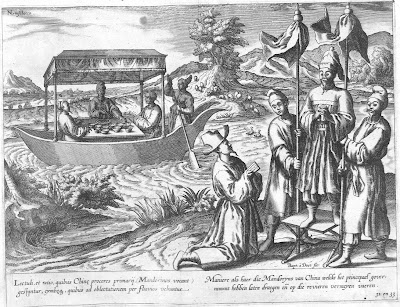
'Lectuli, et ratio, quibus chine proceres primarij (Mandarinos vocant) gestuntur ...'
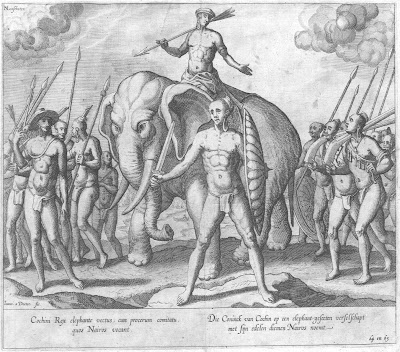
'Cochini rex elephante vectus ...'
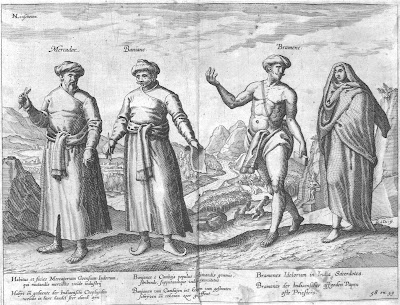
'Figuras de mercaderes, banjanes y bramanes'
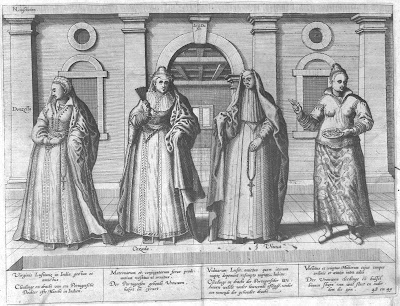
'Figuras de mujeres portuguesas en las colonias asiáticas'

'Gestus et habitus tam civium quam militum Lusitanorum in oriente agentium'
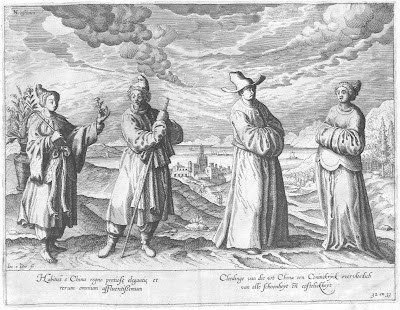
'Habitus e China regno ...'
'Itinerario, voyage ofte schipvaert, naer Oost ofte Portugaels Indien inhoudende een corte beschryvinghe der selver landen ende zee-custen' by Jan Huygen van Linschoten was published by Cornelis Claesz in 1596 and is online at the University of Seville (click 'Grabados' top right for thumbnail views of the illustrations).
Linschoten directly helped pave the way for Dutch traders to break the monopoly enjoyed by the Portuguese with East India and Indonesia. As a result of his merchant training in Spain, he went to Goa in India where he secured a position as secretary to the Goan Archbishop. This gave Linschoten access to secret Portuguese documents including maps, trading details and critical nautical data relating to the colonies which he assiduously copied. The publication of 'Itinerario..' provided his countrymen with sufficient information to launch what would become a vast trading empire in the 17th century.
'Itinerario..' is regarded as a Dutch national treasure - near the bottom of the page.
As a point of trivia, Linschoten is mentioned in some journals with respect to the filiarial worms (that cause elephantiasis)...
"Definitive reports of lymphatic filariasis appeared in the 16th century, when it was also known as "the curse of St Thomas" and the legend introduced to Europe by John Hughen von Linschoten who'd visited Malabar in South India: "and they say that the progeny of those that slew him, are accursed by God, which is that they are all borne with one of their legges and one foote from the knee downewardes as thick as an Elephantes legge, the other legge and all their members without any deformitie, being well proportioned, like to other men, ....". It later became known as Cochin (or Cocheen) leg, in much the same way as it was kown in the West Indies as Barbados leg."
No comments:
Post a Comment